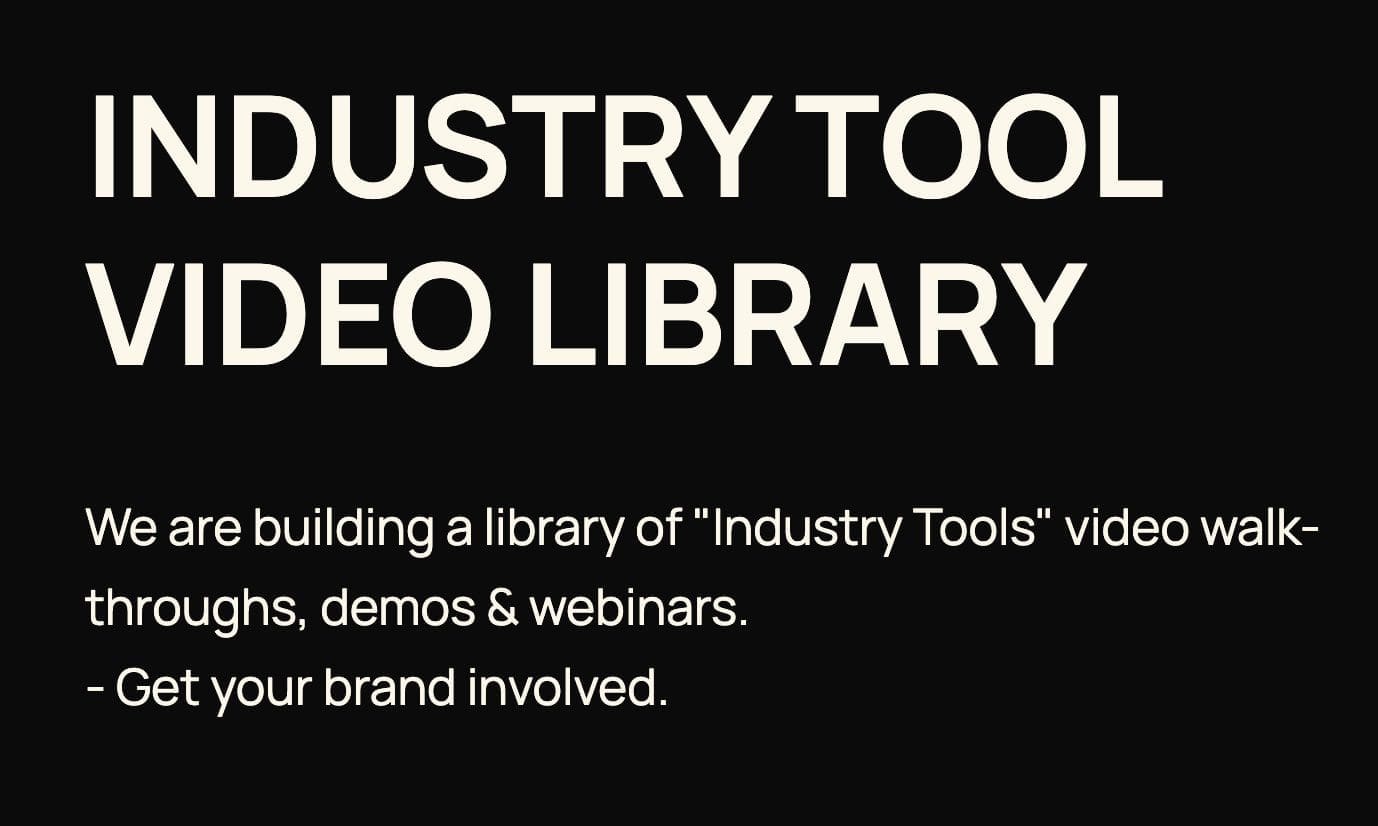AI Learning Centres:
- AI – Learn The Basics
- Get The Most From ChatGPT
- Branding in The Age of AI
- AI for Client Experience
- AI For Prospecting
- AI For Marketing
- AI For Listings & Ads
- Team Adoption of AI
- AI For PM
- AIO & Generative Search
- AI For Operations & Efficiency
- AI For Market Research & Analysis
- AI Ethics, Privacy & Compliance in Real Estate
Digital Marketing & Social Media Learning Centres:
Guides & Downloads

Suburb-Level Demand Forecasting Models Explained
Why Forecast Demand by Suburb?
Sharper pricing and campaign timing – knowing whether demand is rising or cooling in a postcode helps you set reserve prices, marketing spend and auction dates with confidence.
Vendor conversations made easier – data backed demand curves turn “gut feel” into proof when explaining price guides or advising on renovation spend.
Resource planning – allocate letterbox drops, phone prospecting and open-home staffing to the neighbourhoods that will yield the fastest deals.
What Data Feeds the Model?
| Data Stream | Quick Explanation | Typical Source | Update Speed |
|---|---|---|---|
| Recent settled sales | Core signal for price and volume trends | CoreLogic, PropTrack | Monthly |
| New listings flow | Measures supply pressure | realestate.com.au, Domain | Daily |
| Buyer search & enquiry clicks | Early demand pulse | Domain Buyer Demand Indicator | Weekly (Green Street News) |
| Home-showing events | Foot-traffic proxy for buyer intent | CRM inspections, key-safe logs | Daily |
| Macro factors | Rates, jobs, migration, approvals | ABS, RBA | Monthly/Quarterly |
How AI Forecasting Models Work
1. Time-Series Models
Simple tools like ARIMA or Facebook Prophet look only at the suburb’s historical sales volume. Easy to run but miss today’s buyer mood.
2. Machine-Learning Ensembles
Random Forest and Gradient-Boosting trees add dozens of signals (search clicks, school openings, interest-rate moves) and can pick non-linear patterns.
3. Hedonic Regression
Used by PropTrack’s Home Price Index – it controls for bedroom count, land size and other features, then measures the pure effect of location and time on value.
4. Deep-Learning & Spatiotemporal Networks
LSTM and graph neural nets learn how nearby suburbs influence each other (train-line extensions, lifestyle shifts) and can look several months ahead.
Plain-English tip: The more up-to-the-minute the inputs, the shorter the model’s “look-ahead” error bar.
Step-By-Step Workflow for Your Team
Collect raw data – export sales and listings from CoreLogic or PropTrack, download ABS population updates, and pull enquiry counts from your portal dashboards.
Clean & merge – match suburb names, remove outliers (knock-down houses, distressed sales).
Engineer features – add rolling averages, school-zone flags, commute times, social-media sentiment.
Choose a model – start with Gradient-Boosting; move to LSTM once you have at least 36 months of clean weekly data.
Validate – hold back the last 6 months, compare predicted vs actual sales volumes; target ≤10 % mean-absolute-percentage-error.
Visualise – a simple line chart of forecast vs actual helps vendors grasp the story instantly.
Act – prioritise prospecting in suburbs where demand is forecast to rise 10 %+ over the next quarter.
Turning Predictions into Action
Listing presentations – show the suburb’s demand forecast curve next to recent sales to justify your appraisal figure.
Letterbox targeting – focus flyers on streets where demand is tipped to climb; skip areas heading for oversupply.
Vendor campaign dial-ups – increase portal upgrade spend just before the predicted demand peak to maximise buyer eyeballs.
Pipeline health checks – rerun the model monthly; if demand drops, reset price guides early rather than chasing the market down.
Key Take-Aways
Suburb-level demand forecasting turns broad market chatter into precise, data-backed advice.
Start simple: weekly sales and enquiry counts already beat intuition alone.
Use off-the-shelf platforms first; build custom deep learning only when your data volume justifies it.
Most importantly, translate the numbers into clear stories for vendors and buyers data is only powerful when people understand it.
Author – Ken Hobson.






